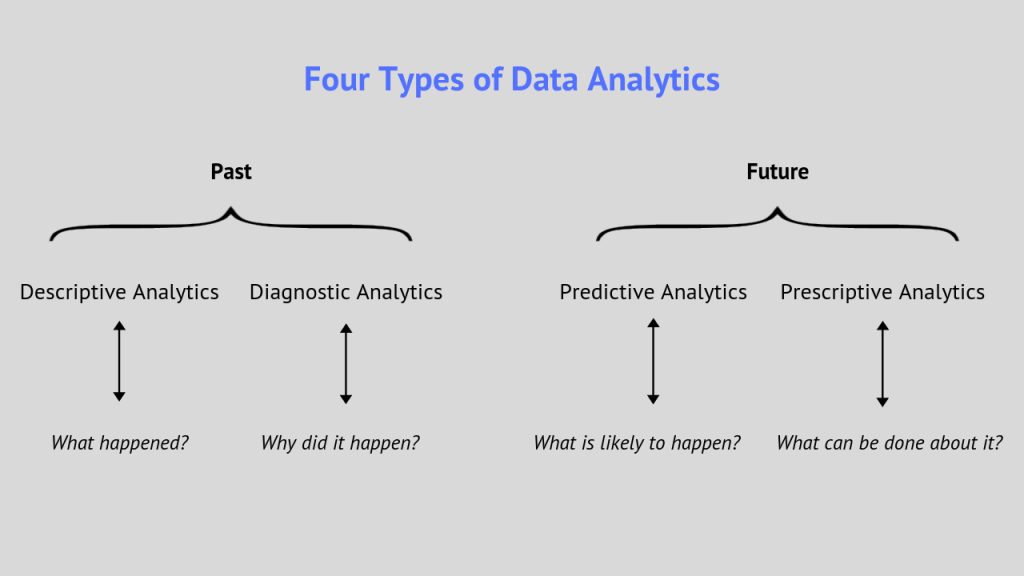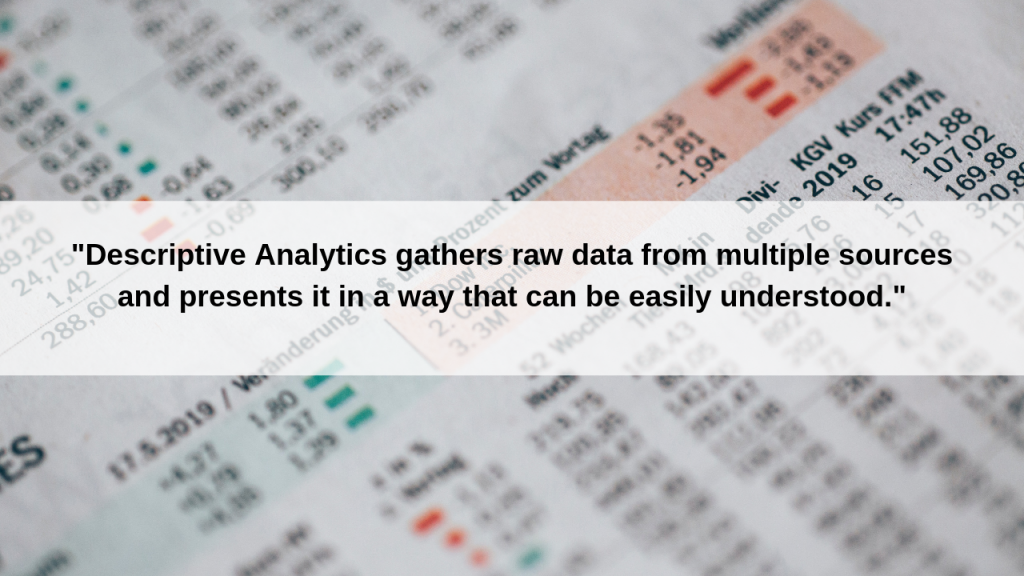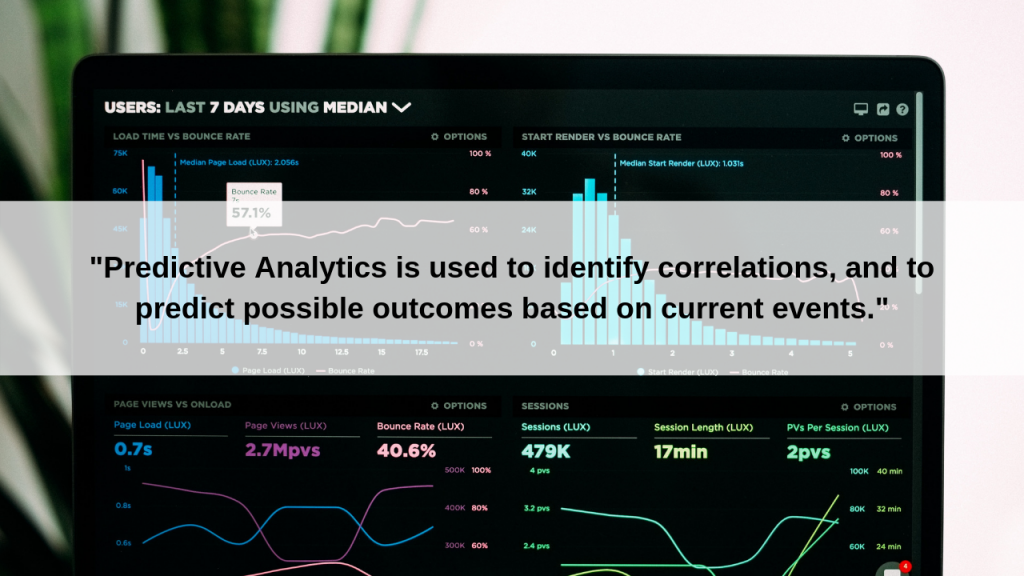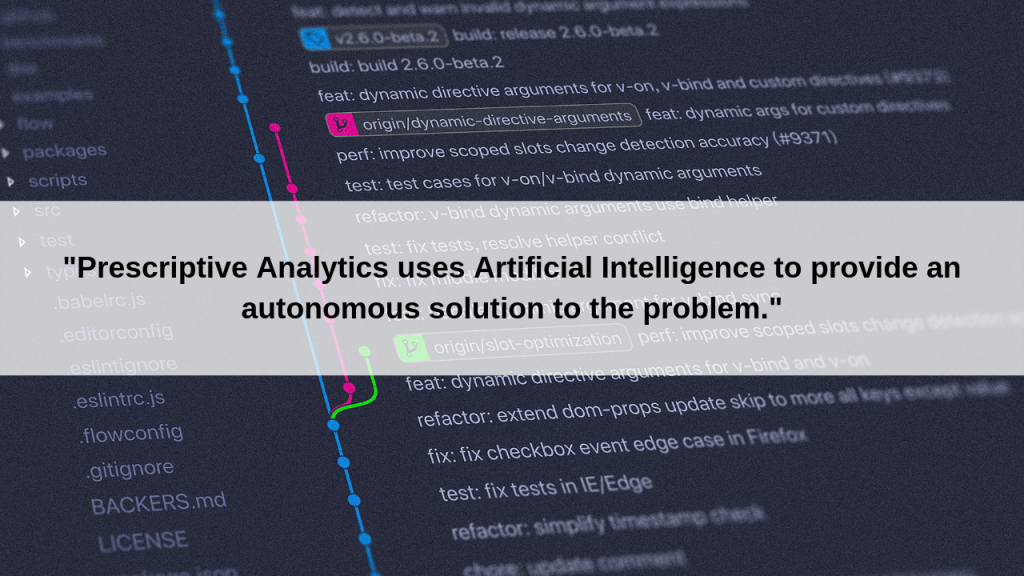“The only people who see the whole picture are the ones who step outside the frame.” — Salman Rushdie in The Ground Beneath Her Feet.
In business today, people who are steadily moving toward success are those who constantly analyze each decision and its results. In this article, you will learn how analytics can help you make the most of your business.
What Is Data Analytics?
Data Analytics, or DA, is the process of examining sets of extracted data to draw useful conclusions. Data analysis today is easily conducted with the help of specialized software.
Whatever your business, data can help you shape your business according to trends and stay relevant, competitive, and innovative. Analyzing data makes it easier to understand and anticipate customers’ behavior and predict industry trends.
Furthermore, data collection helps ensure security and protects the company’s information from anomalies as well as intentional threats and attacks.
Data Analytics is widely used by businesses that aim to increase revenue, make production more efficient, optimize marketing and client support services, and gain a competitive edge.
According to Glassdoor, Data Scientist is considered the most in-demand position in 2019. This reflects the fact that companies have realized how important it is to gather and use vital data and have already experienced the benefits, such as:
- Better strategic decisions;
- Improved control of operational processes;
- A better understanding of customers;
- Cost reduction.
Source: BI-Survey
What Are the 4 Types of Data Analytics?
Data Analytics can be divided into 4 categories, based on the character of the problem they address. There are 2 types of events:
- Events that have already occurred — analytics refers to the past;
- Events that are to occur — analytics refers to the future.
For each of these, there are two types of analytics:
- Past — descriptive, diagnostic analytics;
- Future — predictive, prescriptive analytics.
Analytics types are distinguished based on the type of event being analyzed, as well as the question the analysis answers.
Descriptive Analytics. Descriptive Analytics describes in detail the event that occurred. It gathers raw data from multiple sources and presents it in a way that can be easily understood. The main goal of the analytics is to depict the event in terms of what, when, where, and how many questions.
An example of how Descriptive Analytics is applied to business is social media reports that show growth in followers, engagement rates, and other performance metrics.
Vasil Tarasevich
CTO
at HQSoftwareThe great example of Descriptive Analytics would be a CRM that we have build for a health insurance company. The CRM has scrupulous business logic to automate the core processes of health insurance: accurate accounting, tracking the info about agents and leads, and automated reports. It provides the data in the way that is easy to understand and control.
The main problem with Descriptive Analytics is that it describes the event, but can’t answer the question of why the event occurred. Most businesses do not limit themselves to Descriptive Analytics, but rather combine it with more advanced types.
Descriptive Analytics answers the question of “what happened?”
Diagnostic Analytics. Diagnostic Analytics dives deeper into the analysis, answering the question of why the event occurred. Historical data is measured against the most current data to identify dependencies, patterns, and trends.
Let’s say a manager reviews performance reports from her sales team. She can see that one employee has fallen behind his colleagues in sales numbers. A quick diagnostic analysis shows that the drop took place because the employee was on a 2-week vacation. There is no need for the manager to manually go through all the contributing factors.
Want to build a data-driven software solution?Team up with our skilled professionals and get your project done in no time.
Julia Tuskal
Head of Sales
at HQSoftware
Descriptive and Diagnostic Analytics take a reactive approach to the data, depicting events that have already happened. But with the help of advanced technology, like Machine Learning and Artificial Intelligence, the analytics can work proactively. The proactive analysis not only finds the root of the problem but also offers possible solutions and makes strategic suggestions.
Diagnostic Analytics answers the question of “why it happened?”
Predictive Analytics. Predictive Analytics is used to identify correlations and to predict possible outcomes based on current events. The analytics answers the question of what is likely to happen.
This particular type of analytics is utilized in Predictive Maintenance. For instance, sensors may be used to collect a variety of data from a piece of equipment. Predictive Analytics uses that data to gain insights and predict possible breakage. Having that data, the system can suggest maintenance type as well as an optimized maintenance schedule.
Although useful, it is important to remember that predictive analysis is only an estimation of a possible outcome, and its accuracy depends on the quality of the raw data.
Predictive Analytics answers the question of “what is likely to happen?”
Prescriptive analytics. The next step in terms of complexity is Prescriptive Analytics. That is the stage where Artificial Intelligence and Big Data technology come into play. The analysis is conducted with the help of information on what has happened, why it has happened, and what is likely to happen, to answer the question of what can be done about it.
Prescriptive analytics can be applied, for example, to schedule classes so that students and professors won’t have clashing schedules. One of the most basic examples of Prescriptive Analytics that we come across daily is navigation on Google Maps. The map analyzes the user’s location and the traffic conditions, looks for reported accidents and builds an optimal route.
Learn more about our machine learning analytics services.
Prescriptive Analytics answers the question of “what can be done about it?”
Boost Your Business Growth With Data Analytics
Data collection is not all that useful without employing methods for working with it. Data Analytics is a helping hand for businesses striving to extract as much benefit as possible from the gathered information.
Various types of business analytics solutions provide a different value for companies. Depending on how deeply the company needs to study its data to achieve its goals, the company can choose the appropriate type of analytics.

HQSoftware Founder
Having founded the company in 2001, uses his broad knowledge to drive the company forward. Ready to share his wisdom on software development and technology insights
Related Posts
View All
We are open to seeing your business needs and determining the best solution. Complete this form, and receive a free personalized proposal from your dedicated manager.

Sergei Vardomatski
Founder













